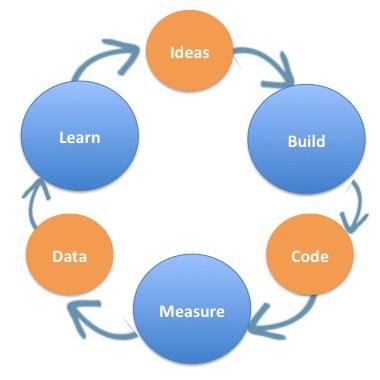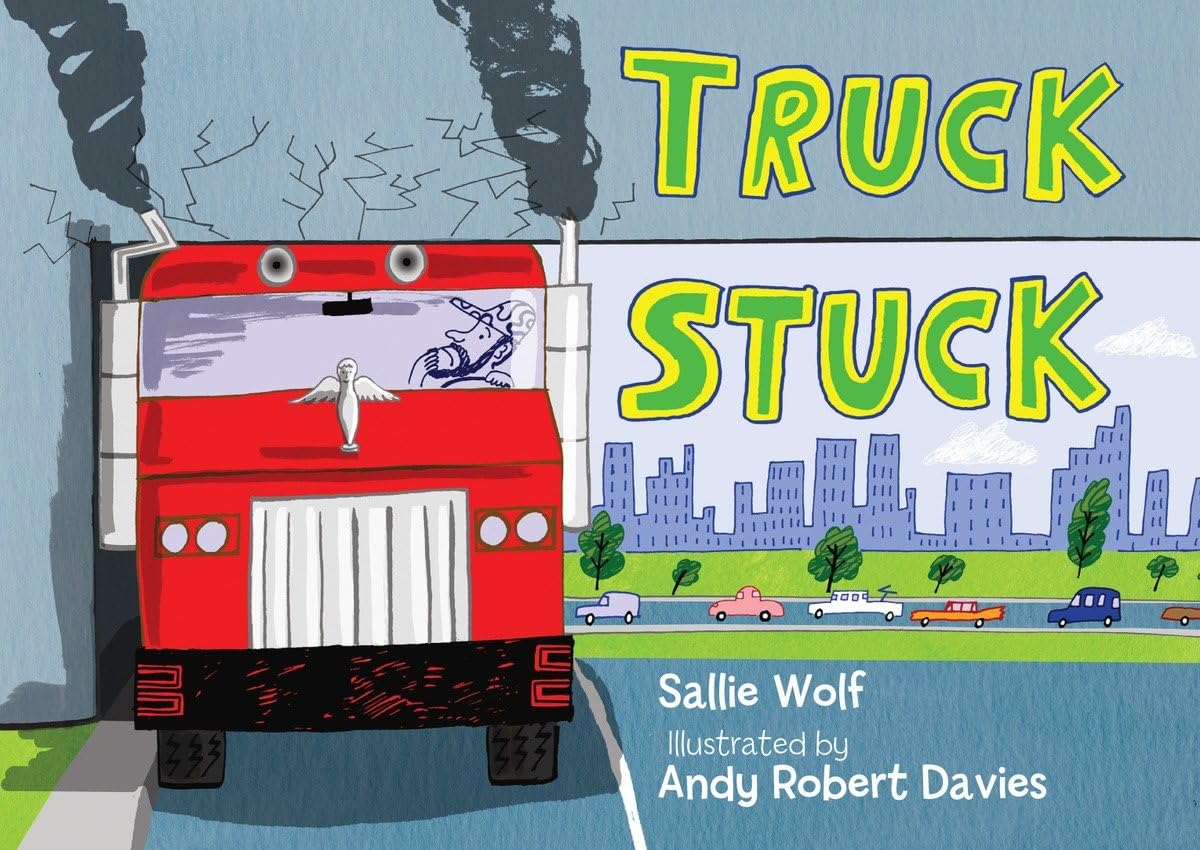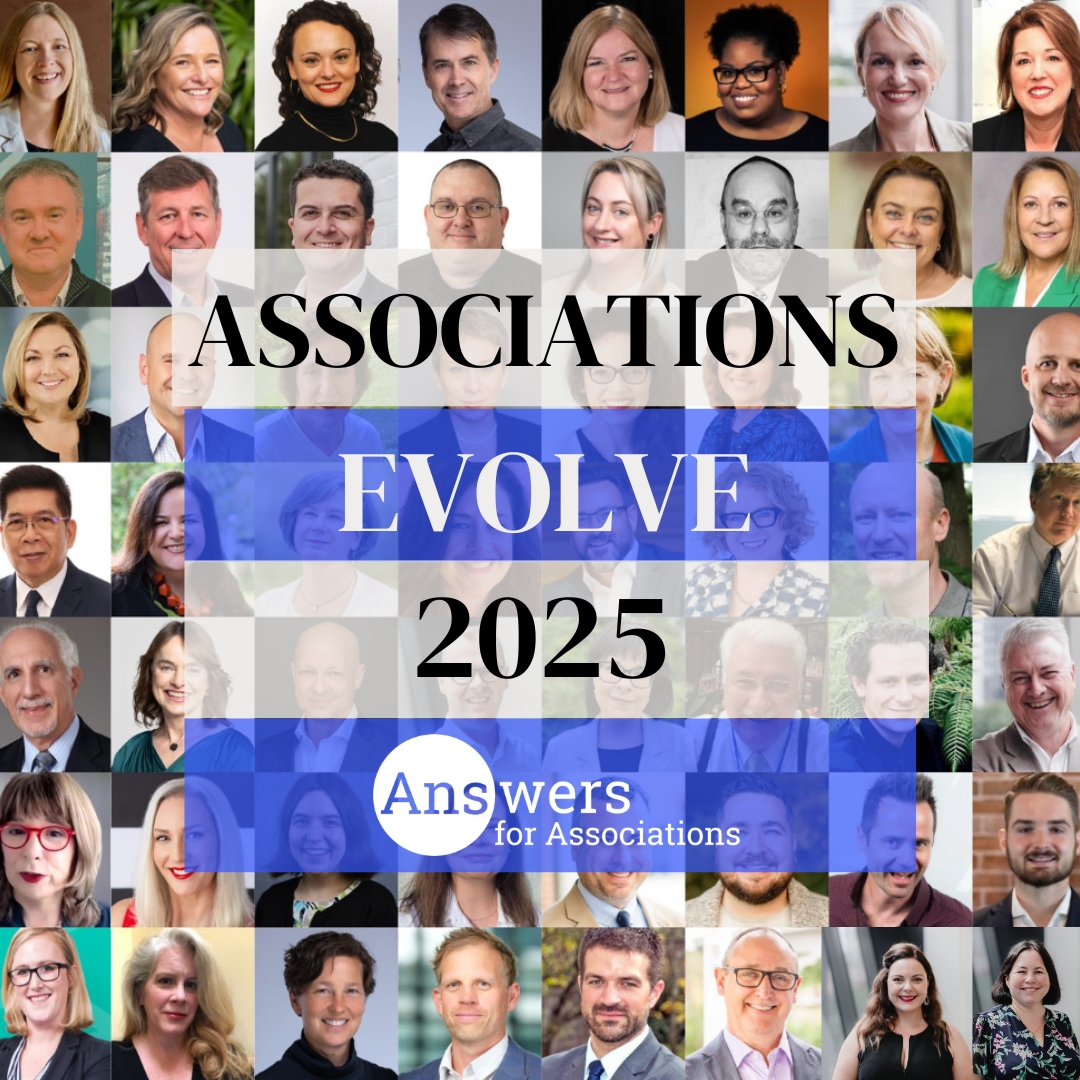
I recently participated in a virtual roundtable where the topic of conversation turned to non-dues revenue and the need to experiment with new ideas in a time of rapid change (it may be trite to point out that the pace of change keeps accelerating, but that doesn’t mean it’s not accurate).
One of the participants observed that membership organizations that are experiencing growth generally have a process in place to encourage innovation. And, in fact, his own organization was “leaning in” on innovation, but he was worried they wouldn’t be successful because they lacked a process to guide them.
Of course, I immediately thought of lean startup methodology.
But I also found myself thinking of Jamie Notter’s contributions to the recently-released Spark collaborative whitepaper, Lean at 10: Culture Eats Methodology for Lunch. Jamie astutely observed that, often, associations want to do lean startup, but the culture won’t allow us to. One of the key cultural challenges he identified was “incomplete innovation.” He went on to point out:
“This is arguably the biggest cultural challenge for implementing lean startup. This pattern, which is very common among associations, is one where a culture values the concepts of innovation (e.g., creativity, future focus) more than the practices of innovation (e.g.,experimentation, prototyping, beta testing). In other words, we’re talking the talk around innovation, but we’re not walking the walk (which is why the innovation is incomplete).”
What are the practices you need to embed in your organization to be able to walk your talk on innovation?
- Testing new ideas
- Experimentation
- Risk taking
Does that sound scary?
It doesn’t have to be.
Learn more about this and the other culture patterns and practices that can impede your innovation efforts, and what you can do to overcome your culture roadblocks and innovate successfully by downloading the free whitepaper here.
Photo credit: Aedrian Salazar on Pexels







